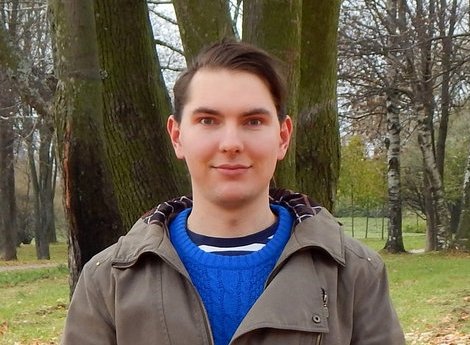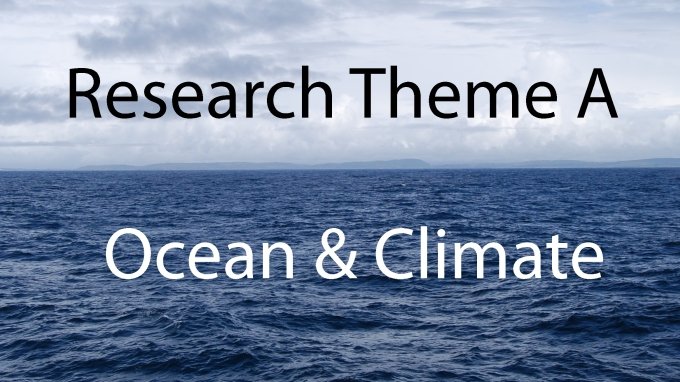- Graduate School GLOMAR
- PhD student members
- Aleksei Buinyi
Aleksei Buinyi
| Institution: | University of Bremen, Institute of Environmental Physics (IUP) |
| Room: | NW I, room M-3160 |
| Phone: | +49 421 218 - 62163 |
| E-mail: | [Bitte aktivieren Sie Javascript] |
| Other webpage(s): | Alexei's Arctrain web page |

PhD project:
Impacts of fronts on detachment of waters from the boundary current and consequences for their lateral spreading within the subpolar gyre of the North Atlantic
The Deep Western Boundary Current (DWBC) carries components of North Atlantic Intermediate and Deep Waters of subpolar origin towards the southern boundary of the subpolar gyre of the North Atlantic. Variations in the atmospheric forcing and input of freshwater from the Arctic are important drivers for changes in their properties on intra-annual to decadal time scales. Under global warming conditions, changes in the water masses may impact on the large-scale circulation and consequently on the lateral redistribution of water masses.
The region between the Western Margin of the North Atlantic and the Mid-Atlantic Ridge located in its center is of particular importance for studying processes governing spreading of water masses. Various topographic obstacles modulate the southward flow, and the southward DWBC encounters the swift and strong northward North Atlantic Current (NAC). Subpolar water masses are detached from the boundary current system and injected into the interior subpolar gyre, but where this detachment happens and by what processes this detachment or associated variability is governed is not yet clear. Particularly, the role of fronts (thermal and haline) acting as a boundary between subpolar and subtropical regimes and the associated generation of eddies is of interest.
Based on ship-based hydrographic, tracer, and velocity observations, data from profiling Argo floats, satellite altimetry, and model output, I investigate the role of fronts for enabling or inhibiting detachment and lateral exchange of subpolar waters. Their structure, at the surface and in the interior ocean, and processes that lead to their generation and persistence, and likely generation locations shall be investigated and put into relation to large-scale spreading patterns of subpolar water masses, as seen for example in maps of hydrographic and tracer data. The output from high-resolution numerical models and large-scale observational datasets shall serve to track changes in time at those locations, where water is injected into the interior North Atlantic. The aim is then to assess consequences for the lateral patterns of water mass distributions and dominant interior water mass spreading pathways in the interior North Atlantic.
Thesis committee:
| Dr. Dagmar Kieke | University of Bremen |
| Prof. Dr. Paul G. Myers | University of Alberta, Canada |
| Prof. Dr. Monika Rhein | University of Bremen |
| Dr. Reiner Steinfeldt | University of Bremen |



